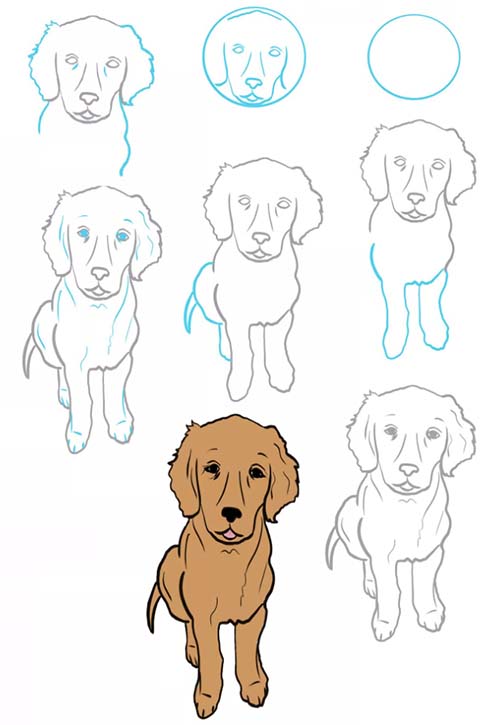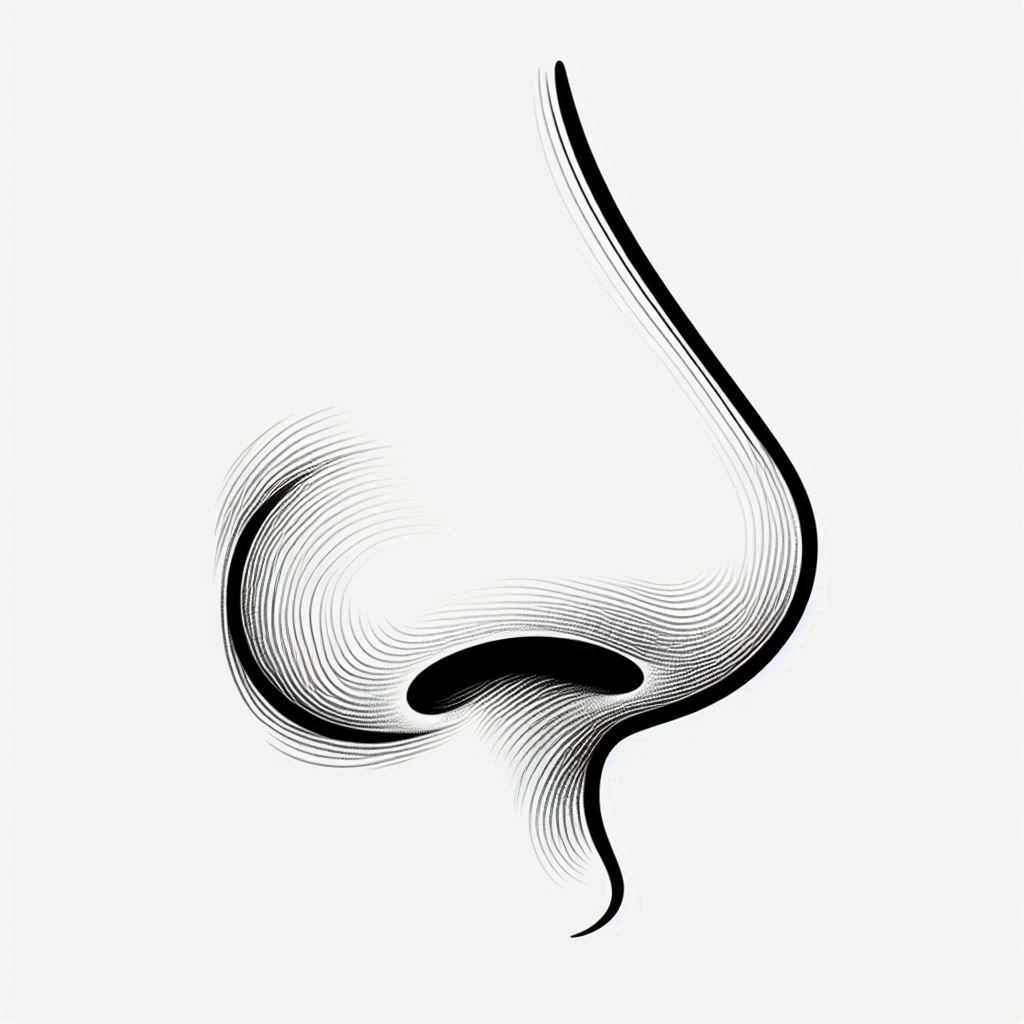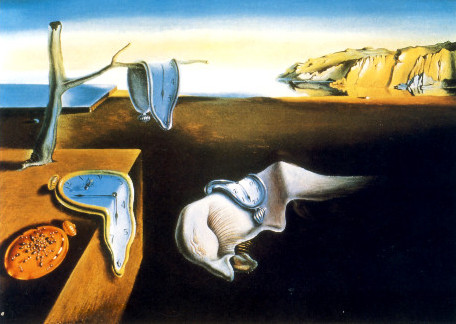Drawing circles – drawing a circle
A zero caliper is used to draw circles with small radii. In some drawings, these small circles mark the main points or intersection points, circles and rays.

Na rysunku a przedstawiono sposób posługiwania się zerownikiem, the needle of which should be set at the intersection of the sections or arcs and in a position perpendicular to the plane of the paper. Before making a circle on a sheet of paper, first check on a separate sheet, whether the spacing of the zero compass is correct and whether the line thickness of the circle is correct. Do not put too much ink into the zero liner, as it may flow onto the paper in the form of a blot.
In the drawings, in which the point of intersection of the segments is marked with a circle with a very small radius, when drawing with ink, we do not lead the graphion through this point, but only to the outline of a circle, yes, so that the ink does not flood its interior and that there is no stain (lynx. b).
In drawings made with thick straight lines or arcs, the main points, which we want to present in the form of small circles, we draw with a null and through their center - omitting the circle as the main point – we run a symmetrical line, and then cross out on both sides of it, at a distance equal to the radius of a small circle (measure), two parallel lines, which we fill with ink. The main point itself, which is a small circle, we leave it clear.

This way of drawing main points is usually used in large technical drawings, overview tables, posters and charts for the correct positioning of intersections or important markings.
When arcs or circles are tangent to each other or to straight line segments and are drawn with a thick line, we use an auxiliary structure, drawing gaps and double-contoured sections, and then we fill them with ink.

Na rysunkach a i c przedstawiono prawidłowy sposób wykreślania odcinka stycznego do łuku, while in Figure b erroneous constructions of the same drawing. Draw sections of thick lines in the ink in a similar way, by drawing the center axis, and on both sides of it lines at the same distance (lynx. d).









